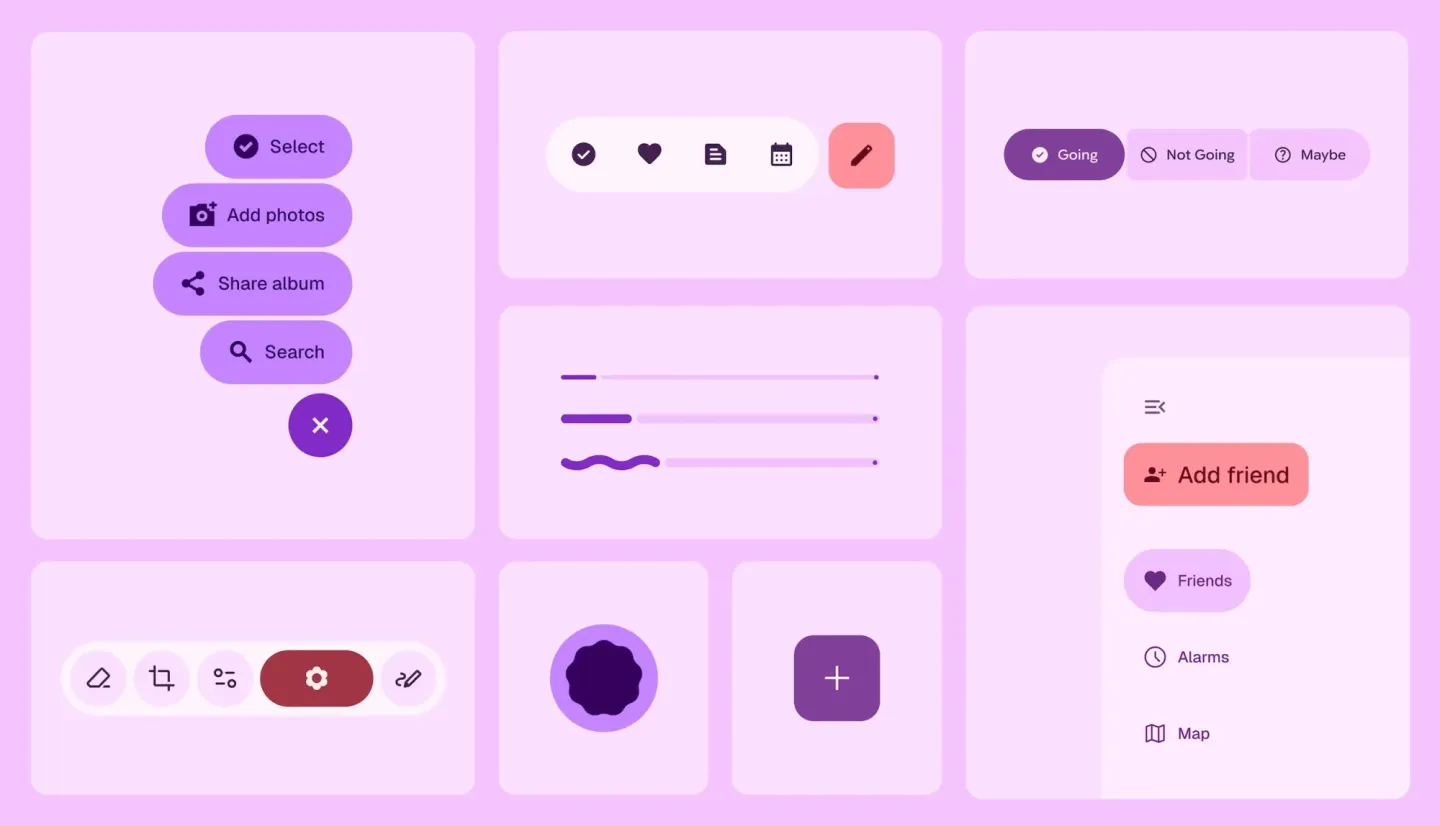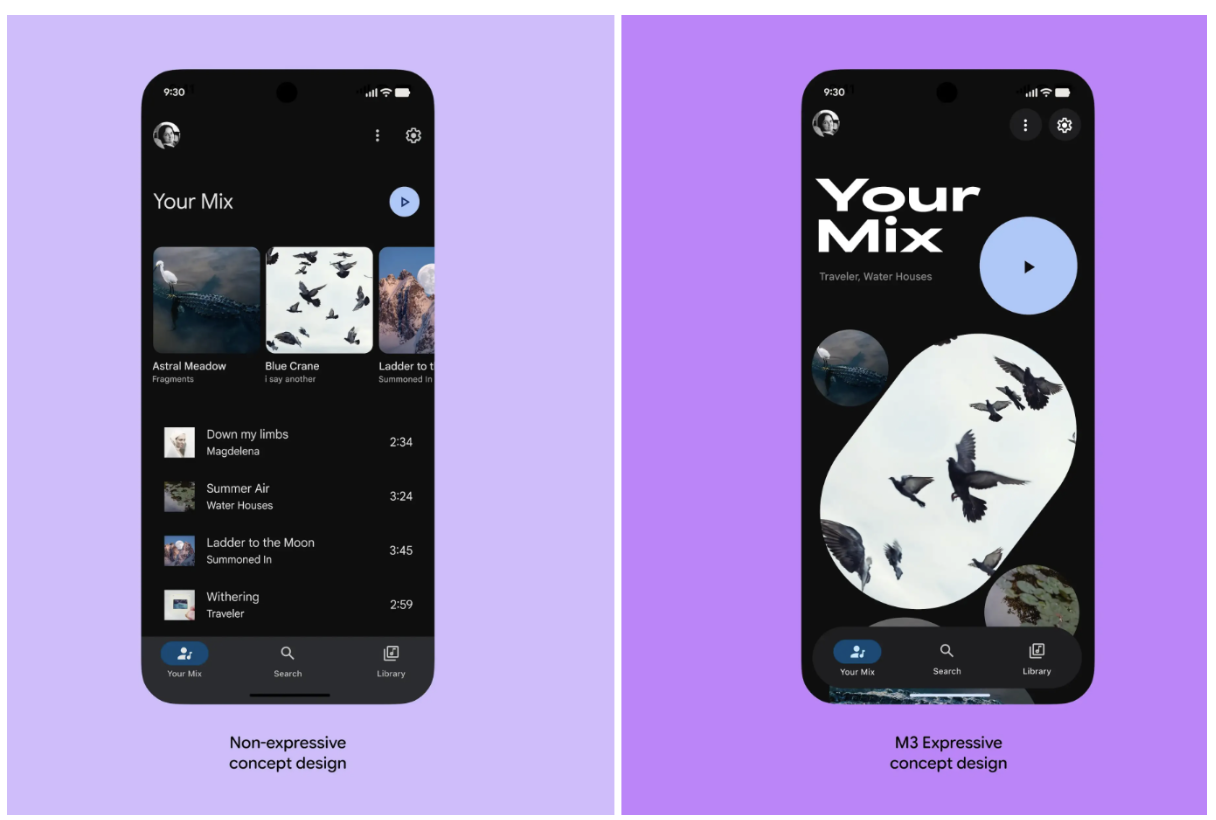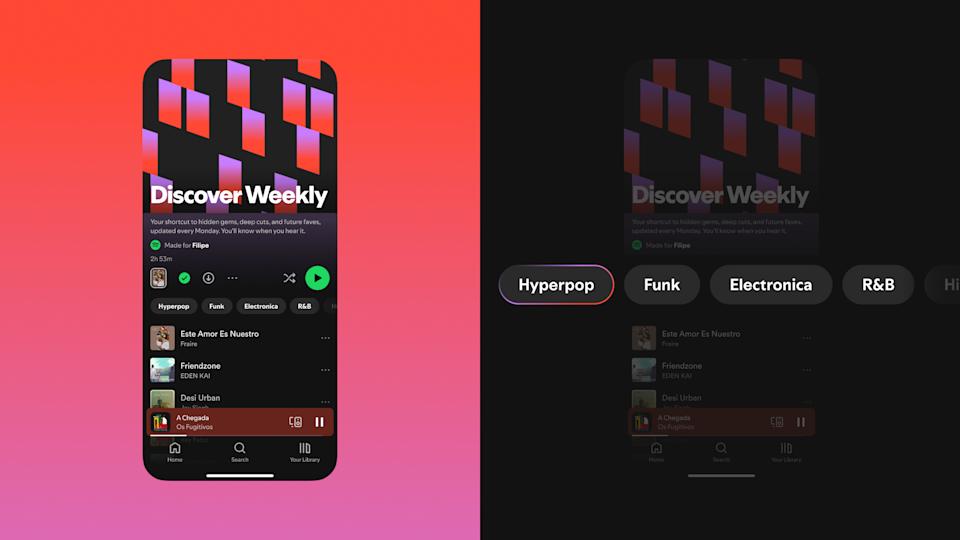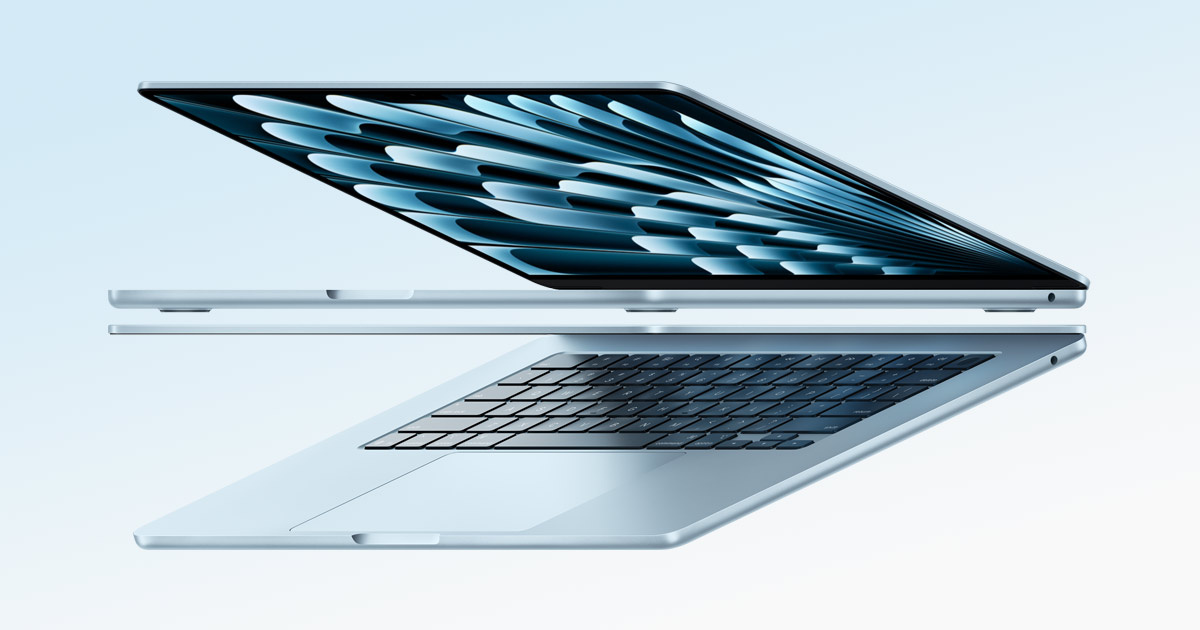In what appears to be an unintentional slip, Google has leaked details of its next major design update for Android: Material 3 Expressive. The information, posted briefly on an official blog before being taken down, outlines a substantial visual and usability shift intended to make Android more intuitive and aesthetically engaging for a broader range of users.
According to the now-deleted post, Material 3 Expressive is the result of what Google calls its “most researched” UI update to date. Built on data from 46 rounds of testing with over 18,000 participants, the new design language focuses on improving how users interact with the Android interface through refined use of color, shape, motion, and layout. While the post didn’t stay up for long, much of its content—and accompanying visuals—has since been archived and recirculated by third-party sites.

The core objective behind Material 3 Expressive appears to be greater usability across demographics. Google claims that users were able to identify critical interface elements up to four times faster with the new design compared to the current Material 3 standard. Notably, participants over the age of 45 reportedly performed on par with younger users in these tests, suggesting that accessibility was a primary focus during development.
To reach these improvements, Google tested everything from button size and spacing to animation timing and progress indicators. One example cited was how small changes in design—like a reworked loading animation—could alter the perception of wait times. The company appears to have taken a behavioral approach, refining visual elements not just for aesthetic appeal but for cognitive efficiency and comfort.

Leaks over the past week have pointed to a broader redesign in Android’s visual language, and Material 3 Expressiveseems to confirm this. Users can expect updated status bar icons, a new system font for clocks and widgets, and a streamlined quick settings panel. The Google Clock app has also been spotted with a new look, which may be part of the upcoming wave of interface changes.
Though Google has not officially republished the post, the company is expected to showcase Material 3 Expressive during a session at this month’s Google I/O developer conference. Until then, the premature leak offers a compelling preview of Android’s evolving direction—one that aims to merge function and form more seamlessly than previous iterations.
As Android continues to compete across a fragmented device ecosystem, UI consistency and user-friendliness remain critical. Whether Material 3 Expressive delivers on those goals will become clearer as developers and users get hands-on with the design in the months ahead.





